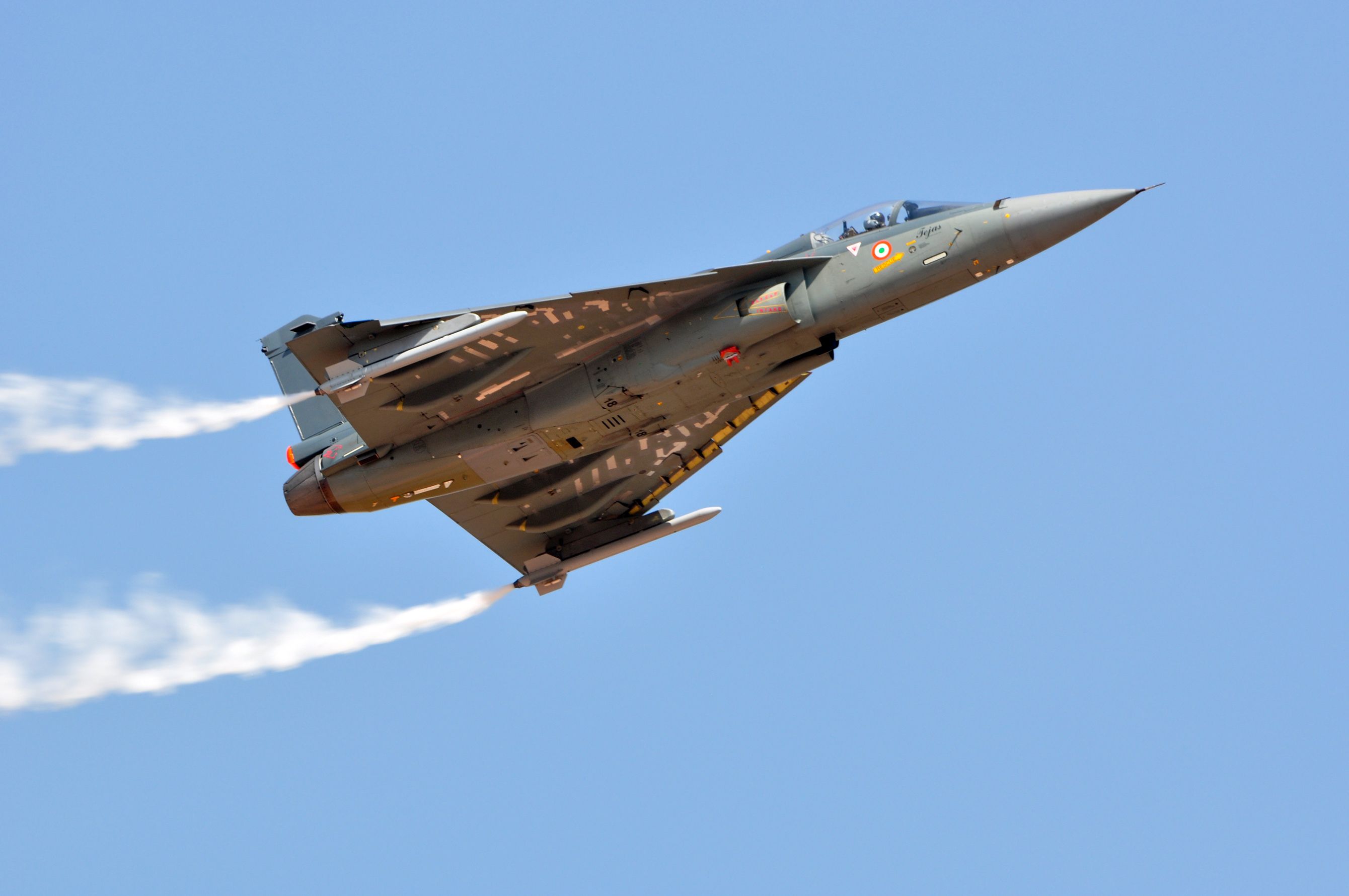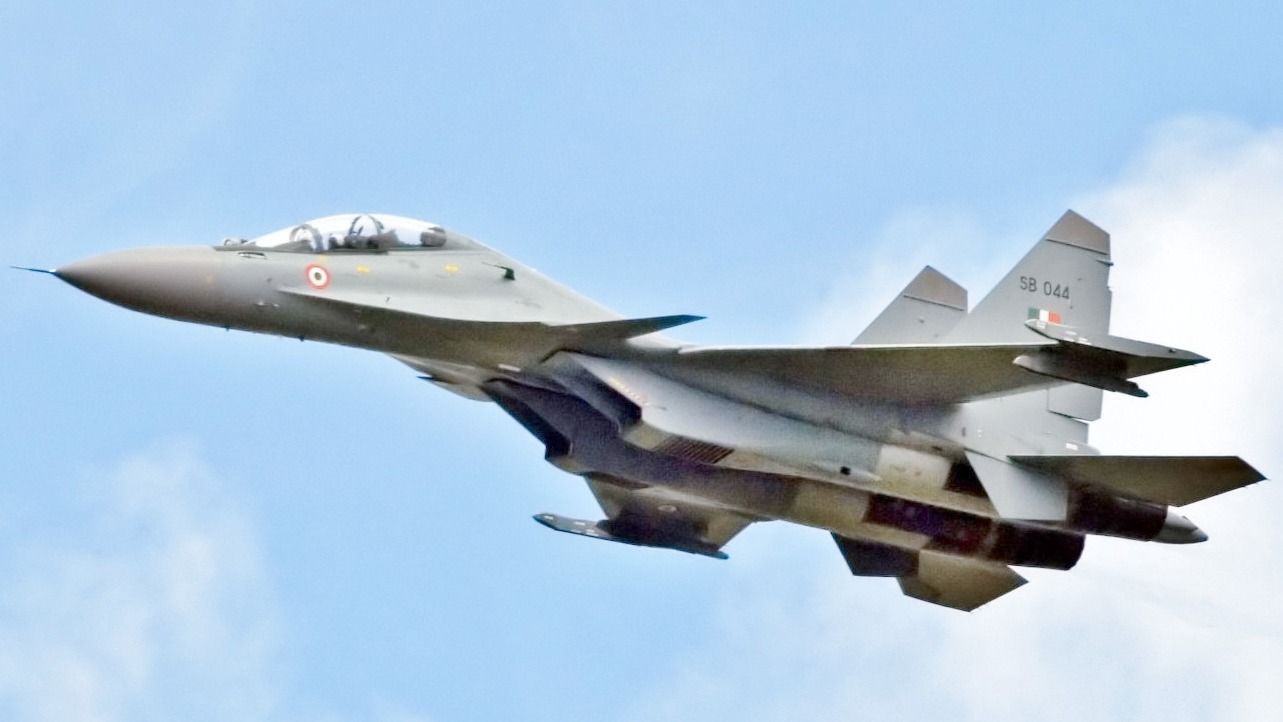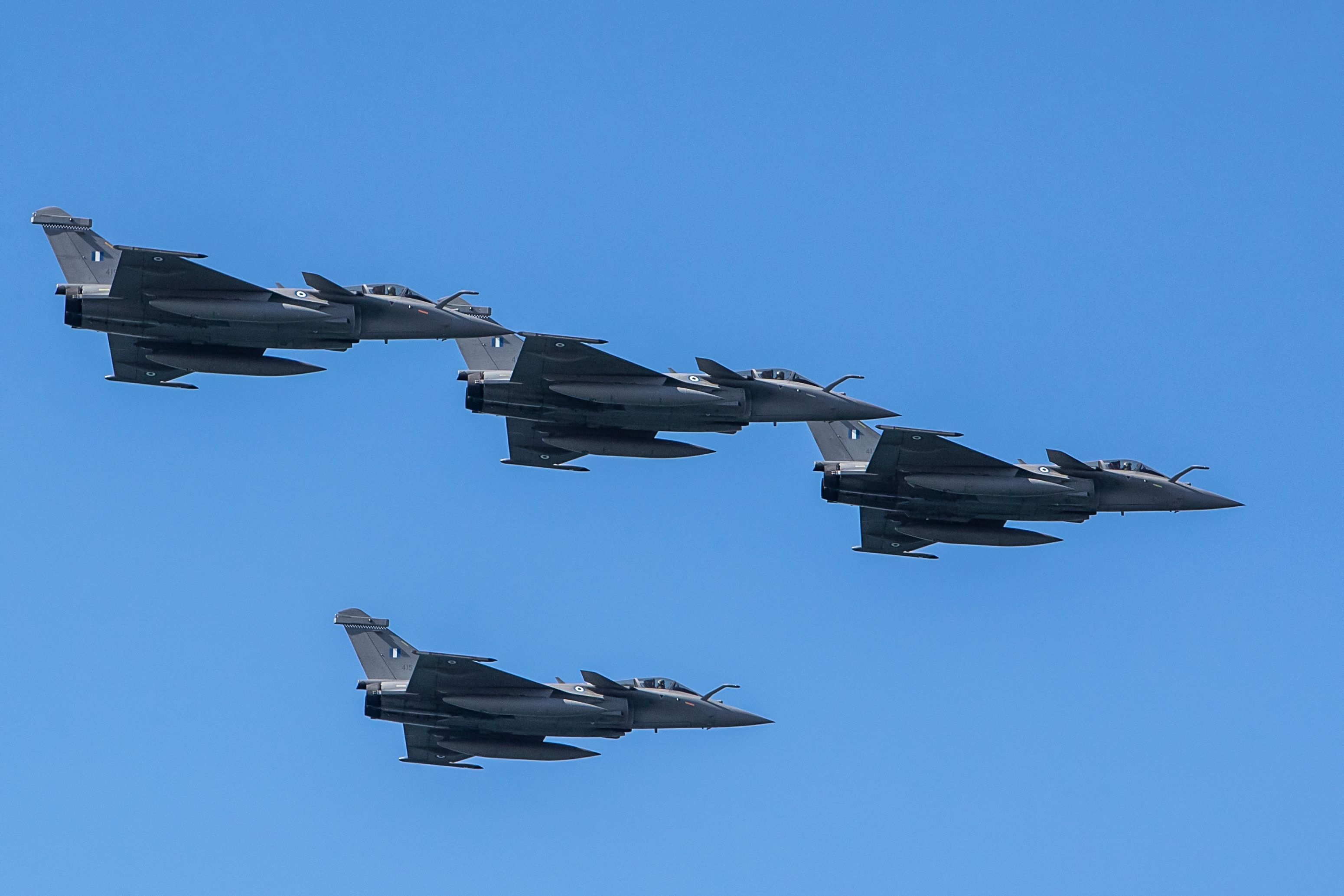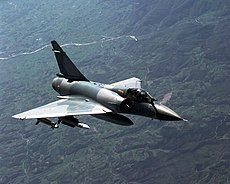
Summary
- India’s HAL Tejas fighter has a unique history, symbolic significance & 4.5 Generation capability.
- MiG-21 “Fishbed” showcased combat prowess but was plagued with safety issues, leading to retirement.
- Sukhoi Su-30MKI remains India’s air defense flagship, with plans for upgrades to enhance capabilities.
With each passing day, China’s military is becoming more and more belligerent – particularly toward Taiwan, Japan, and the Philippines (as covered in The Washington Times) – which underscores the importance of the abilities of other Indo-Pacific nations’ militaries to serve as a check against Chinese aggression. A particularly vital variable in this security equation is India, thanks in no small part to its membership in “the Quad” along with the United States, Australia, and Japan.
Bearing that in mind, this is as good a time as any to examine the capabilities of the fighter jet fleets of the Indian Armed Forces, more specifically the Indian Air Force (IAF) and Indian Navy (the Indian Army’s aircraft are strictly rotary wing).
The Hindustan Aeronautics Limited (HAL) Tejas
Though small in physical stature, this warbird is one is kind of a big deal in the symbolic sense, as she is India’s first homegrown jet fighter and therefore marks the coming to fruition of that country’s goal of becoming more self-reliant by reducing the country’s dependence on imports for its aerial arsenal.
Paradoxically, as much as the HAL (not to be confused with HAL-9000 from Stanley Kubrick’s “2001: A Space Odyssey”) Tejas is a source of national pride for India, as this writer noted in a September 2022 article for 19FortyFive, she’s also a bit of an embarrassment in terms of how long she took to get up-and-running: 32 years! To elaborate upon that mind-boggling time-consuming chronological figure: the Indian government’s Light Combat Aircraft (LCA) program was established in 1983, followed by the project definition phase in 1986. From there, this fighter’s maiden flight didn’t take place until January 4, 2001, and official operational status was finally established on January 17, 2015.
Photo: Shutterstock | Joe Ravi
But patience is a virtue, and good things come for those who wait. Though the Tejas doesn’t give the IAF 5th Generation fighter capability a la the Chinese People’s Liberation Army Air Force (PLAAF) Chengdu J-20 Wēilóng (“Mighty Dragon;” NATO reporting name “Fagin”), she does at least provide a 4.5 Generation fighter capability.
The LCA label is no misnomer either; this HAL product boasts a claim to fame as the world’s smallest and lightest supersonic combat aircraft, with a fuselage length of 43 feet 4 inches (13.2 meters) a height of 14 ft 5 in (4.4 m), a wingspan of 26 ft 11 in (8.2 m), and it has a maximum takeoff weight of 29,762 lb (13,500 kg). However, this bantamweight of a warbird punches well above her weight class, with armament consisting of:
- One GSh-23 23mm twin-barrel cannon
- Eight hardpoints with a capacity of 11,700 lb. (5,300 kg) worth of bombs or missiles such as the Russian R-73 “AA-11 Archer” or the Israeli Python-5 (made by Rafael).
To give the reader an appreciation for just how much stock the Indian Armed Forces publicity machine put into their LCA program, the test pilot for her first flight, now-retired Indian Air Force Wing Commander Rajiv Kothiyal, was honored with the prestigious Iven Kincheloe Award by the Society of Experimental Pilots in the U.S.
The IAF has ordered a total of 123 of these fighter planes, with 51 built at last count. Of particular significance, in November 2023 Vishnu Som of NDTV reported that India’s Defence Acquisition Council cleared the procurement of 97 additional Tejas Mark 1-A aircraft.
MiG-21 (NATO reporting name: “Fishbed”)
Or as the Indians prefer to call it, the “Bison.” This venerable Soviet-designed fighter the plane that the HAL Tejas was specifically built to replace. The MiG-21 sits at the opposite end of the age spectrum from the Tejas; to use some avian analogies, if the Tejas is the proverbial “spring chicken,” then the Bison is the proverbial “old crow” (interesting bird-mammal hybrid metaphor there, eh; puts a whole new meaning on the term “Buffalo wings,” n’est-ce pas?).
From a glass half-empty standpoint, the Mig-21 is hopelessly outdated and obsolescent, as her maiden flight in 1955, officially went operational with the Soviet Air Force in 1959, and entered into IAF service in 1963. From a glass half-full standpoint, she’s definitely the most combat-proven and time-tested, and with over 11,000 airframes built, is a testament to the saying that “Quantity has a quality all its own.”
Indeed, according to Satyajit Lall of Firstpost, the MiG-21 acquitted herself particularly well in the hands of Indian Air Force fighter pilots during the 1971 Indo-Pakistani War, whereupon IAF Bison drivers attained a 13:1 kill ratio against their Pakistani adversaries. Just how combat-proven is the Fishbed/Bison? We’re talking about a veritable laundry list of wars here:
- The Vietnam War
- The 1965 Indo-Pakistani War
- The Six-Day War
- The Yom Kippur War
- The Egyptian-Libyan War of 1977
- The 1982 Lebanon War
- The Iran-Iraq War
- The 1991 Persian Gulf War
- The Yugoslav Wars of the 1990s
- The Libyan Civil War of 2011 and 2014-2020
Nonetheless, the MiG-21 is well past its prime. What’s more, as noted by writer Aaron Spray in a March 15, 2024 article for Simple Flying:
“They are also plagued with mechanical problems, and so many have crashed that they have earned themselves the monicker [sic] ‘The Flying Coffin.’ This is not the only undesirable title the MiG-21 has earned in Indian service. It is also called the widow-maker… Over their 60 years in Indian Air Force service, 200 pilots and at least 60 civilians have been killed in at least 400 MiG-21 crashes. Sometimes, the pilots flying these aircraft are not green, newly recruited servicepeople but valuable, fully trained veterans. Over half of the 840 aircraft built in India between 1966 and 1984 have been lost to accidents.”
Mind you, the MiG-21 was officially retired on October 31, 2023. However, the true swan song of the Bison hasn’t actually sounded yet, as there are still two IAF squadrons – based at Bikaner and Suratgarh in Rajasthan – who are keeping their roughly 40 MiG-21s flying until 2025, which will mark the aircraft’s 70th birthday!
Sukhoi Su-30MKI (NATO reporting name: “Flanker-H”)
All the hoopla about the Tejas aside, this Soviet-designed two-seat, twinjet multirole air superiority fighter is still considered India’s current first line air defense platform. However, HAL still has its fair share of bragging rights, as they are the ones building the Indian variant under license. The first pre-production aircraft made her maiden flight in November 2000, and the Flanker-H was officially introduced into IAF operational service in September 2002.
The Su-30MKI, which boasts a maximum airspeed of 1.9 Mach in level flight, is equipped with thrust vectoring control and canards and is capable of wielding BrahMos supersonic cruise missiles. IAF currently has 272 airframes in service.
In the aforementioned NDTV article, Vishnu Som also noted that the Defence Acquisition Council approved an indigenous upgrade to their Sukhois, with India-developed radars, avionics and subsystems; an estimated 84 aircraft were initially slated for this upgrade.
The MiG-29 (NATO reporting name: “Fulcrum”)
This 4th Generation warbird is the lone fighter plane in the Indian Naval Air Arm arsenal, with 42 airframes of the MiG-29K variant currently in service, flown by Indian Naval Air Squadron (INAS) 303, the “Black Panthers.” Meanwhile the IAF has approximately 75 of the MiG-29UPG (“upgrade”) variant, affectionately termed the “Baaz.”
The IAF got good combat performance out of its Baazes during the 1999 Kargil War in the disputed Kashmir region, providing fighter escort for Mirage 2000s that were attacking ground targets with precision-guided munitions.
Like the MiG-21, the MiG-29 is also starting to show her fair share of age-related vulnerabilities, though obviously not to the same extreme as the older Bison; between November 2019 and November 2020, the Indian Navy lost three MiG-29Ks to accidents, and in December 2023, another one of their K models experienced a tire burst whilst preparing for takeoff.
This casts a considerable amount of doubt on the future viability of the MiG-29K. However, there is much uncertainty as to what replacement options for this plane that the Indian Navy would pursue. As noted by Angad Singh, Project Coordinator with the Observer Research Foundation’s (ORF) Strategic Studies Program, in a December 2020 interview with Forbes Senior Contributor Paul Iddon:
“All technicalities aside, I think all this hinges on funding, which doesn’t seem likely at the moment, given the difference between what the new Chief of Defense Staff seems to think the Navy should be doing, and what the Navy itself plans on doing.”
On a positive note, a MiG-29K was an Indian Naval Air Arm MiG-29K did manage to make its first successful landing on an aircraft carrier (the INS Vikrant) back in February 2023.
Dassault Rafale
Speaking of the Rafale, as convenience would have it, this warbird is already in the IAF arsenal, so adding it to the Indian Navy would seem to be a logical progression. IAF currently has 28 of the single-seat Rafale EH version, and eight of the twin-seater Rafale DH. These planes were delivered between July 2020 and April 2022. Simple Flying’s Alexander Mitchell assesses the Rafale thusly:
Photo: Giannis Papanikos | Shutterstock
“Since the beginning of production in the 1980s, nearly 260 Dassault Rafale aircraft have been built, and the jet continues to roll off of the assembly lines today. The Rafale, a name which quite literally translates to ‘burst of fire,’ is a robust twin-engine fighter that serves a multirole purpose.”
Dassault Mirage 2000
One good Dassault deserves another, oui, mesdames et messieurs? ? As already indicated above in the MiG-29 segment, this was the warplane that the IAF used for ground attack during the 1999 Kargil War whilst the Baazes flew top cover. The Mirages first entered that conflict in June of that year, using 1000-lb (453.59 kg) bombs fitted with laser kits; these were an improvisation which was assessed as effective by Maj Gen Jagjit Singh in a February 2019 article for India Defence Review.
As Simple Flying’s Mark Finlay points out:
“A French-built single-engine fourth-generation aircraft designed as a light fighter for the French Air Force. Since its introduction in 1982, the aircraft has evolved to be used as a multirole fighter jet.”
Which brings to mind the U.S. Air Force maxim that “Flexibility is the key to airpower.” The aircraft also performed well in Operation Bandar, which was a retaliatory mission conducted by India in response to the 2019 Pulwama terror attack, wherein the Mirage aircraft was chosen to bomb targets inside Pakistan. For good measure, the warbird is part of India’s nuclear triad (as is the SEPECAT Jaguar, which, in case anybody’s wondering, is technically a ground-attack aircraft and not a fighter).
However, as with the MiG-21 and MiG-29K, there are signs of the proverbial trouble in paradise. Unlike the MiGs, the Mirage 2000 has not been license-built in India, and in some ways that factor is coming back to haunt the IAF from a maintenance standpoint, as there is now lack of spares and components required to keep the jets airworthy. Rahul Manohar Yelwe of The Diplomat elaborates in an article published a month ago:
“The existing Mirage fleet operated by the IAF has key shortcomings, including the lack of a new engine, AESA radar, integrated EW suits, network-centric warfare capability, and a next-generation weapon package. The IAF faces the tough task of maintaining the technological relevance of its Mirage aircraft fleet for the coming decades. The advancements mentioned earlier can be incorporated through upgrades. However, the airframe has a limited certified life, and the production of the aircraft was abandoned a decade ago by Dassault Aviation, so supplying the critical spares is a painstaking task. This makes it challenging for the IAF to keep the aircraft airworthy into the future.”
In February, the Greek government reportedly decided to sell its decommissioned Mirage 2000 EGM/BGM standard aircraft to India. However, even this appears to be only a temporary stopgap solution at best, as these Hellenic-furnished birds will be used strictly for spare parts. Time will tell.
.jpg)
A Brief History Of Indian Aerospace Manufacturer Hindustan Aeronautics Limited
HAL is a massive Indian aerospace company with a global reach.
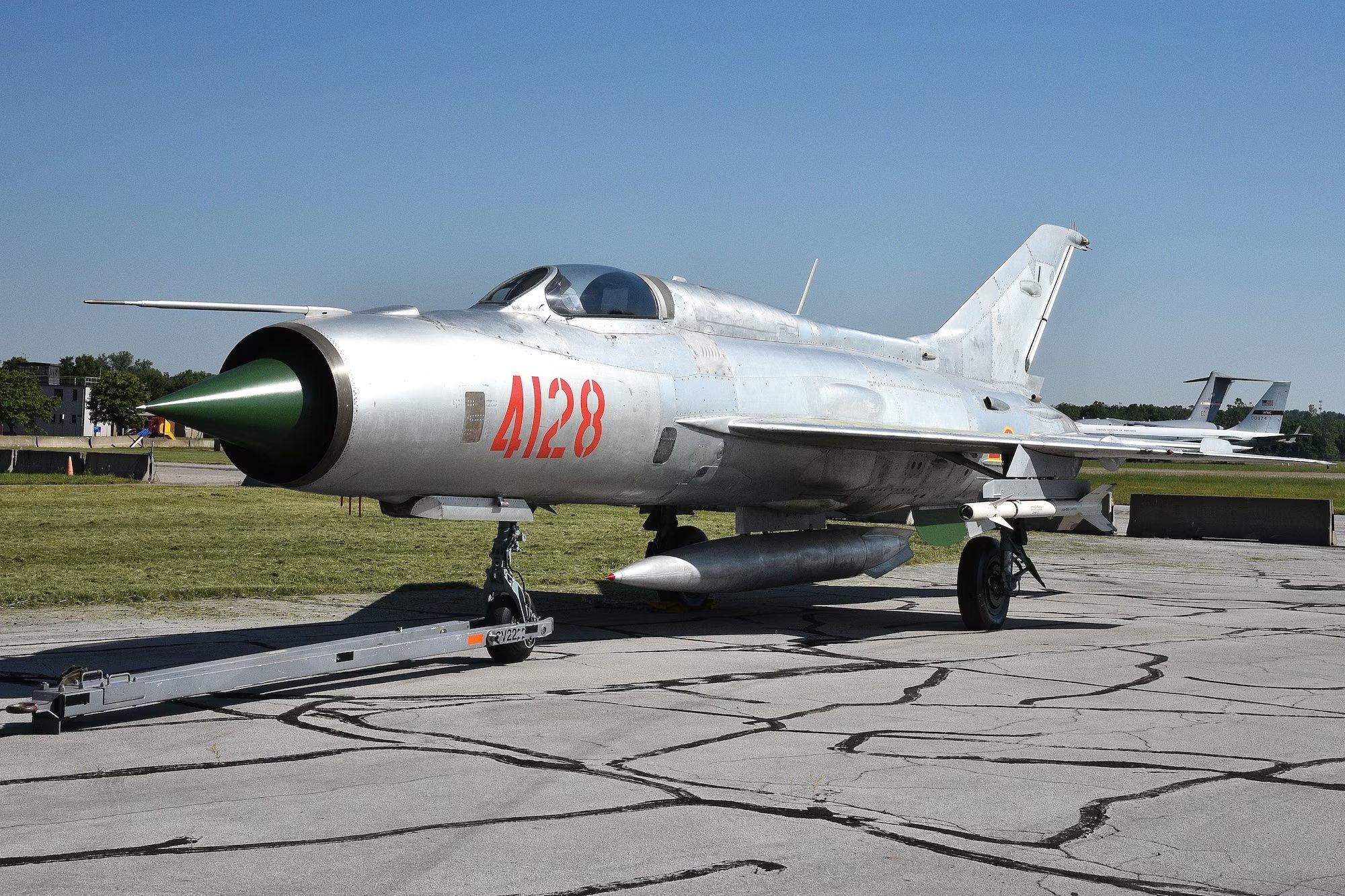
The Flying Coffin: A Complete History Of The MiG-21
The jet was infamous for its problematic safety record.
